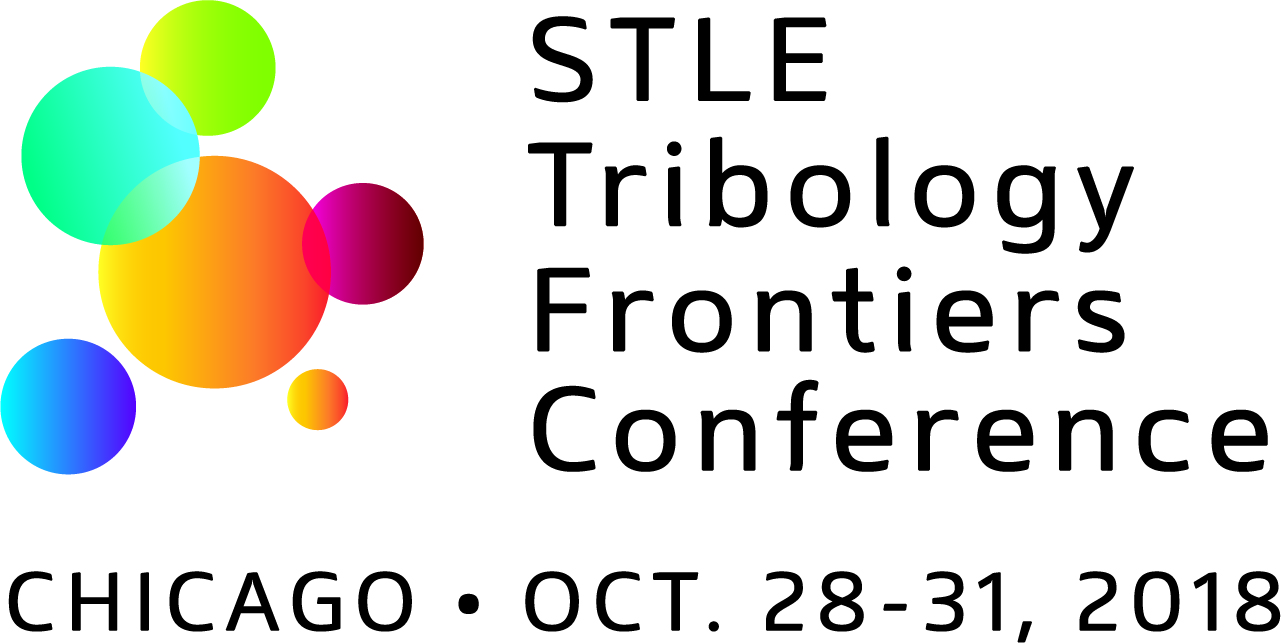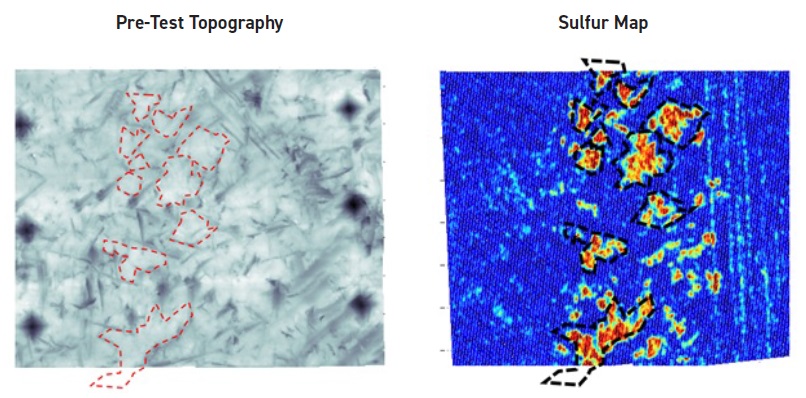Studying wear at the asperity scale
Peter W. Jacobs, Andrew R. Konicek, Fang Cao, Gary L. Hunter, Alan Schilowitz, Martin N. Webster | TLT 2016 TFC Abstract Highlights August 2018
ExxonMobil Corporate Strategic Research
For the benefit of our readers involved in tribology research, TLT is publishing abstracts of the best papers presented at the 2016 Tribology Frontiers Conference. Registration for the 2018 TFC is now open. Find updates and program information at www.stle.org.

Co-sponsored by ASME Tribology Division.
Tribological studies of lubricated machine contacts have long been limited to gathering information that is averaged over the length of the sliding contact and intermittently over the total time of the test. Developments in surface analytical techniques have allowed access to high spatial resolution information of surfaces about topography, chemical composition and mechanical properties. These techniques have been combined in this study to investigate the initial phases of tribofilm formation in tests with model lubricants as well as to evaluate the influence that lubricant tribochemistry has on wear processes at the asperity scale. With a zinc dialkyldithiophosphate-containing lubricant, sulfidation and the initial growth of glassy phosphate tribofilms are observed at the asperities within the contact. Similarly phosphation of the steel surfaces was observed at the asperities in the case of tricresylphophate-containing lubricants.
